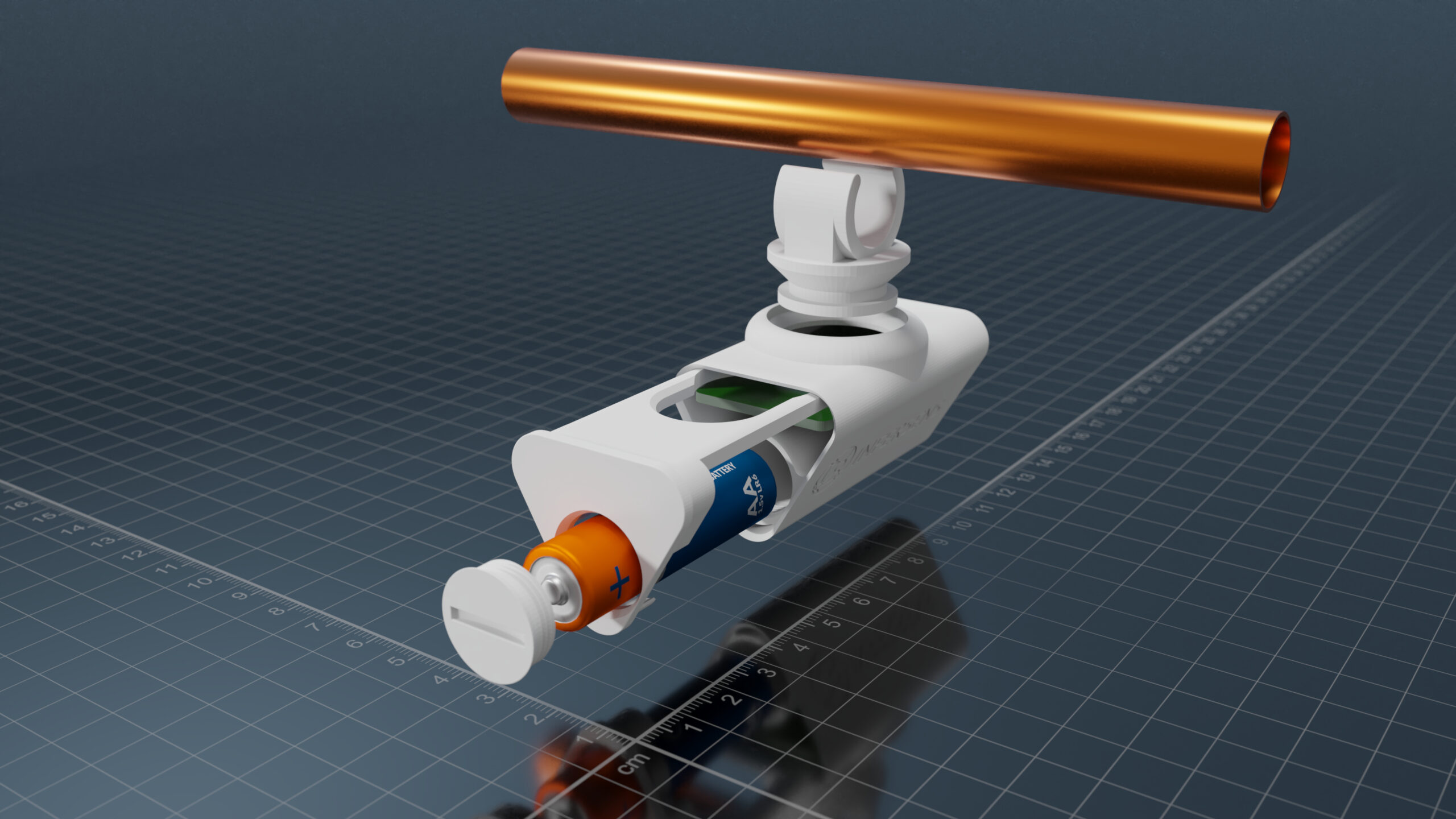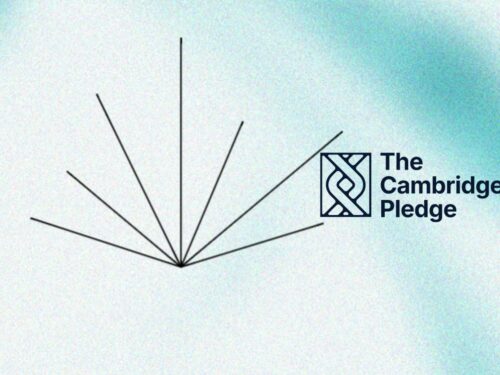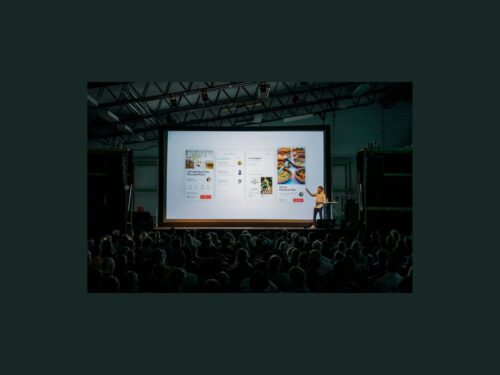City aims to become world leader in social innovation alongside its academic, life sciences and tech prowess A new...
InferSens to Introduce Ultra-Low-Power Edge DL Sensor Technology for Commercial and Industrial Applications
CAMBRIDGE-based InferSens today announced the first application of its game-changing sensor technology, which brings sophisticated deep learning to extremely low-power sensors and opens a raft of new, at-the-edge, data-rich sensor applications, which were previously hard or even impossible to address.

Deep learning (DL) is the leading field of artificial intelligence (AI) research – whereby algorithms learn patterns in data without explicitly being programmed to do so. Historically, these types of algorithms for rich sensor data have been processed in the cloud, creating problems of data fidelity, privacy, latency – and above all, energy consumption. Attempts to solve this, by moving DL to the edge, have necessitated the use of local power sources that greatly hinder wide scale sensor deployment.
InferSens’ sensor technology uses state-of-the-art silicon, leading-edge DL models and innovative mechanical- and systems-engineering to break the logjam of power consumption vs. performance and bring to market the first of a new generation of smart sensors for the built environment and beyond.
The silicon is an ultra-efficient next-generation neural accelerator – the Syntiant NDP120 Neural Decision Processorä – which uses at memory compute and natively processing neural network instructions for enhanced data optimization, enabling InferSens to achieve on-device deep learning processing at only 1% of the power required by traditional processors.
The NDP120 can run multiple AI algorithms simultaneously at under 1mW, among other sensor and voice applications, and is designed to natively run multiple deep neural networks on a variety of architectures, such as CNNs, RNNs and fully connected networks.
Syntiant CEO, Kurt Busch said: “We are delighted to be working with InferSens to deploy cloud-free sensor solutions with our edge AI processor technology. The NDP120 delivers 25x the tensor throughput than our first-generation neural network, enabling highly accurate sensor processing with near-zero power consumption.”
The first product release of InferSens’ sensor technology – planned for Q1 2023 – is a low-cost, battery-powered, water flow and temperature sensor for monitoring and detecting Legionella risk in water systems. It can be quickly and easily attached to any pipe without any cutting or plumbing required. It is initially aimed at the commercial and public sector property market (7.6million properties in the UK alone) – where regulation demands that owners monitor the risks of Legionella – the cause of a potentially fatal form of pneumonia contracted via contaminated water.

InferSens CEO, Colin Payne said: “We have been developing our deep tech sensor technology since 2017, with the future of on-device deep learning in mind, which is why we’ve been able to achieve pole position with this revolutionary technology. Ahead of the formal product launch, we are engaging with customers for pilots, under commercial agreement, from a range of sectors including universities, hospitals, commercial offices, hotels and other property owners and operators.”
He continued: “The technology has very significant potential in multiple other practical uses such as multi-factor building occupancy, combined air quality and compound sensing for buildings and smart cities, and other applications where low power, rich data and smart sensing requirements converge. We are looking forward to bringing to market an exciting portfolio of products in due course.”
Cambridge entrepreneurs address city’s inequality with pioneering £multimillion ‘pay-it- forward’ initiative
AT&T Launches Its First Converged Feature for Consumers with Internet Backup – Using AT&T Wireless to Keep Fiber Customers Online at No Extra Cost
This new solution combines the power of AT&T Fiber and wireless, so customers can stay connected in the event of a...
One deck is not enough!
We’ve all been there. Sat through a presentation that makes the eyes bleed. The walls of 10pt text… The barrage of...




